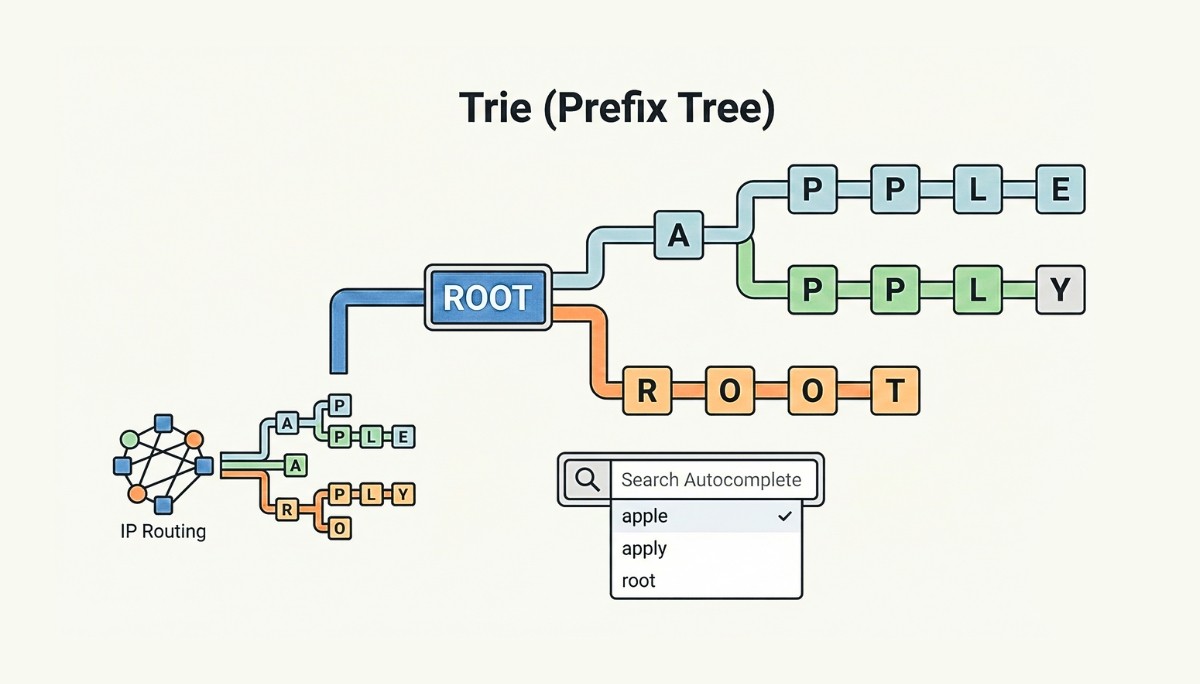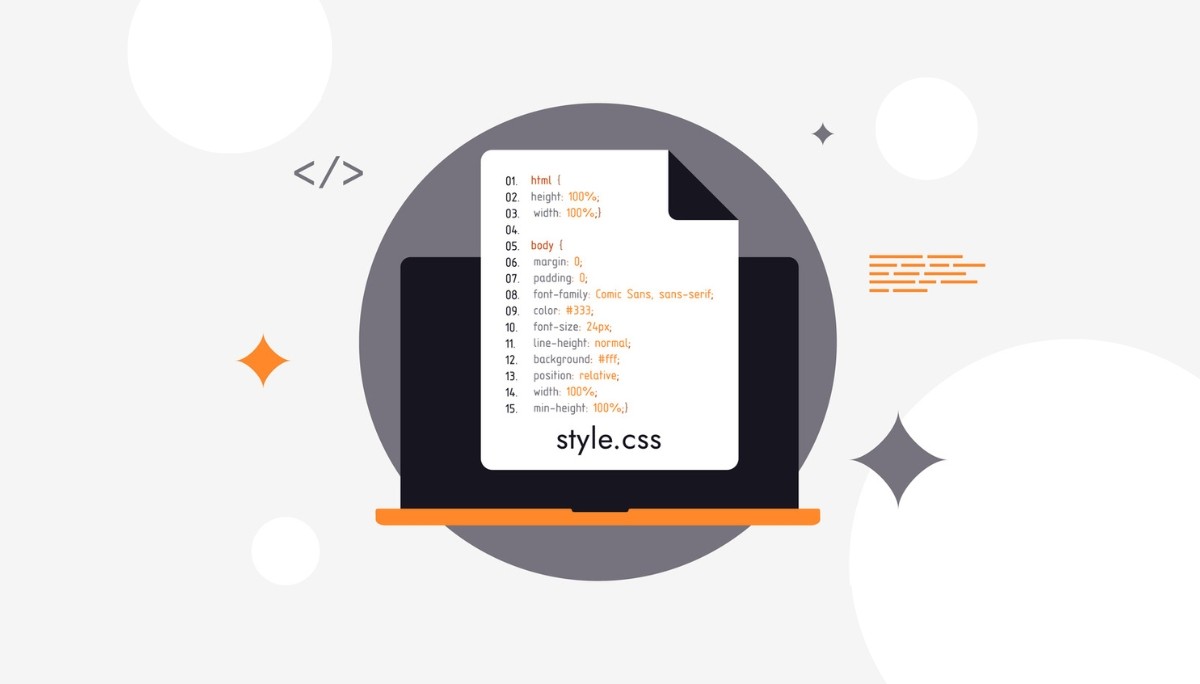The Zen of Python: 19 Timeless Principles for Better Code
By
Ethan Fahey
•
Sep 26, 2025
The Zen of Python, written by Tim Peters, lays out 19 guiding principles that emphasize simplicity, readability, and clean design in Python programming. These ideas aren’t just theory; they help developers write code that’s easier to maintain and more enjoyable to work with. In this article, we’ll walk through these principles and how they can improve your programming workflow. And if you’re in the business of building strong engineering teams, tools like Fonzi AI can help you find talent that truly embraces these best practices, ensuring your projects are efficient and future-proof.
Key Takeaways
The Zen of Python emphasizes writing clear, readable, and Pythonic code, prioritizing simplicity and beauty in programming practices.
Key principles include clarity, explicitness, and simplicity, which enhance maintainability and reduce complexity in code development.
The Zen of Python, created by Tim Peters, has become integral to Python’s culture, encouraging high-quality coding practices among developers.
The Zen of Python: An Overview

The Zen of Python is not just a set of guidelines; it is a philosophy that has shaped the very essence of Python programming. Authored by Tim Peters, these principles emerged from discussions among core developers to help newcomers adopt Python’s design philosophy. The Zen emphasizes writing beautiful, Pythonic code that prioritizes readability and simplicity, steering developers towards practices that enhance code quality and developer satisfaction.
These Python philosophies can boost reliability and enjoyment in programming. They highlight the importance of writing clear, elegant code, which is a core tenet of Python’s design. Embracing these Python design principles leads developers to produce code that is both functional and enjoyable to work with.
Beautiful is better than ugly
The principle “Beautiful is better than ugly” underscores the significance of writing aesthetically pleasing and readable code. In Python, readability is paramount, and one of the main objectives is to make code easy to understand and maintain. This can be achieved by using descriptive variable names over shorter, less clear ones, which greatly enhances the clarity and beauty of the code.
Sparse code is easier to read and debug compared to dense code, further enhancing its beauty. Pythonic code, which aligns with Python’s design principles, supports this notion by promoting readability and simplicity. Additionally, incorporating Python code can further streamline the development process.
Prioritizing readability aids comprehension, as code is read multiple times throughout its lifecycle. Although practicality beats purity, striving for clarity in variable names and function definitions remains key to beautiful code.
Explicit is better than implicit
“Explicit is better than implicit” is a principle that highlights the need for clarity and directness in coding practices. Python encourages explicitness in function signatures, naming conventions, and program structure to enhance understanding and reduce misunderstandings. This principle ensures that all relevant details are included in the code, which signifies better quality.
Explicit code is preferred because it improves readability and maintainability, allowing other developers to grasp the code’s intent without unnecessary guesswork. Special cases in code should not break the fundamental design rules for explicitness, ensuring that the code remains clear and understandable.
Simple is better than complex
The principle “Simple is better than complex” advocates for keeping code simple and easy to maintain. Simplicity in code leads to fewer flaws and results in more robust solutions, making it easier to understand and debug.
When code becomes error-prone, it is advisable to simplify the implementation to enhance reliability and maintainability. Ignoring the principles of simplicity often results in a non-Pythonic way of writing functions, which can complicate the code unnecessarily.
Complex is better than complicated
While simplicity is ideal, some complexity is unavoidable in programming to address intricate problems. Acceptable complexity arises when it serves a purpose and offers effective solutions without overwhelming the codebase.
Well-structured complexity helps maintain clarity and prevents confusion, ensuring that even complex ones remain understandable and maintainable. Ensuring that complex solutions are logically structured is crucial to avoiding unnecessary complications, especially when there is trouble explaining them.
Flat is better than nested
“Flat is better than nested” emphasizes the importance of flat code structures for improved readability. Flattening code structures helps enhance both readability and maintainability, making it easier for developers to navigate and understand the codebase.
Nested code can become difficult to follow, leading to potential errors and making debugging a cumbersome task. Keeping code flat allows developers to write straightforward, comprehensible code that aligns with Python’s design principles.
Practical Examples of the Zen of Python

Adhering to the Zen of Python promotes clarity, readability, and simplicity, making the code easier to understand and maintain. Adhering to these principles helps developers achieve greater elegance, readability, and maintainability in their code. Limited valid approaches to problem-solving foster consistency and readability across the codebase.
Python’s documentation often contains puns and jokes that reference Monty Python sketches, making the language more approachable and engaging. This humorous aspect, combined with the poetic style of the Zen of Python, enhances the language’s appeal.
Fostering an environment that values the Zen of Python principles and encourages code reviews based on these guidelines is essential for high-quality coding practices.
Readability counts
Python’s syntax is designed to enhance readability and descriptiveness, making it easier for developers to understand and maintain code. Clear naming conventions and structured formatting are crucial for enhancing code clarity. Consistent indentation and spacing improve code organization and readability, which is a fundamental aspect of the python programming language and the python language.
Using meaningful variable names significantly contributes to the understandability of the code, and organizing code into functions and modules can enhance its overall readability and maintainability. The principle “Explicit is better than implicit” underscores the importance of clarity and self-descriptiveness in code.
Errors should never pass silently
Explicit error handling is crucial as it ensures effective problem identification and resolution. Python programming should display every error by default. Utilizing try-except blocks is essential for robust error management in Python.
In programming, clarity should always take precedence over making assumptions in ambiguous situations. Errors should never pass silently unless explicitly silenced, ensuring that all issues are addressed promptly and explicitly.
In the face of ambiguity, refuse the temptation to guess
Explicit code enhances clarity and reduces misunderstandings in Python programming. Choosing clarity over ambiguity prevents potential errors and misinterpretations, which is crucial for maintaining code quality. Errors should be handled explicitly to ensure effective problem identification and resolution.
In the face of ambiguity, refuse the temptation to guess, as guesses may not be obvious at first unless they are based on solid evidence and may lead to unintended consequences in your code; this could be a bad idea.
Origins of the Zen of Python

Tim Peters authored the Zen of Python in 1999, establishing a foundational philosophy for Python programming that has since become integral to the language’s culture. These guiding principles are embedded in Python’s design and coding philosophy, steering developers towards idiomatic programming practices.
The Zen of Python plays an important part in Python’s culture, promoting practices that enhance code quality and developer satisfaction. Its principles are not just theoretical; they are practical guidelines that have shaped Python’s development and usage.
Tim Peters and the Zen of Python
Tim Peters, a significant figure in the Python community, authored the Zen of Python, which has become a cornerstone of Python programming philosophy. His contributions have helped shape the language’s principles, encouraging developers to write clear, readable, and maintainable code. Tim Peters' beautiful work has inspired many in the field.
Peters’ vision for Python has greatly influenced the way Python developers approach coding, fostering a community dedicated to producing high-quality, Pythonic code.
The Influence of Monty Python
The influence of Monty Python is evident in various aspects of Python’s culture and documentation. Python’s documentation often includes humorous references and puns related to Monty Python sketches, making the language more approachable and engaging for developers. A common humorous placeholder in Python is ‘spam’, inspired by the famous Monty Python sketch, which adds a touch of levity to the coding experience.
The phrase ‘import this’ was selected from various submissions for a Python conference slogan in 2001 and was secretly added to Python by Barry Warsaw. This phrase unlocks the Zen of Python, which was hidden in the source code with notifications disabled and obfuscated using the ROT-13 cipher. These quirky elements highlight the playful spirit that is integral to Python’s popularity and community.
How to Access the Zen of Python

Accessing the Zen of Python is a straightforward process that can be done directly from the command line environment. Entering the command ‘import this’ in the Python interactive prompt reveals the Zen of Python and its guiding principles.
This simple command encapsulates the philosophy that underpins Python’s design and serves as a constant reminder of the values that shape the language.
Using the Terminal
To view the Zen of Python, navigate to your terminal and enter the command ‘import this’. This command will display the Zen of Python directly in the terminal, providing an accessible way for Python developers to revisit these essential principles whenever needed.
Decoding the Output
The Zen of Python is encoded using a simple letter substitution cipher, known as ROT-13. Decoding this output allows programmers to understand its principles clearly and utilize them effectively in their coding practices.
Understanding the decoded Zen of Python is crucial for implementing these principles in everyday coding, ensuring that the code aligns with Python’s design philosophy.
Applying the Zen of Python in Real-World Projects

Incorporating the Zen of Python principles into coding practices leads to higher-quality code that is easier to understand and maintain. Applying principles like simplicity and explicitness can result in cleaner, more maintainable code, which enhances team cohesion and improves the collaborative coding process.
Adhering to these principles helps developers produce code that is functional, elegant, and enjoyable to work with. This approach fosters a positive coding environment where best practices are valued and implemented consistently.
Writing Pythonic Code
Writing Pythonic code involves utilizing idiomatic Python expressions that align with the language’s ethos. A Pythonic approach emphasizes using straightforward and comprehensible code structures, which are preferable to complex solutions. Practices such as using list comprehension and the filter function help achieve simplicity and maintain code quality.
It is acceptable for tasks to be done in multiple steps if those steps are clear and logical. Using the continue statement reduces the amount of nesting, simplifying control flow understanding. For example, this approach can explain the breaking of code readability.
A key practice for writing exception-safe code is to use try-except statements.
Best Practices for Readable Code
Clarity and simplicity are essential qualities in code implementation. To enhance code readability, prioritize using white spaces, writing detailed comments, and organizing the code logically. Choosing simplicity in Python programming leads to easier deployment and greater sturdiness.
Simplicity also contributes to better comprehension of code. Sparser code is preferred as it is easier to debug and improves code quality, making more sense of the importance of avoiding cramming too much information into more lines.
Why Fonzi Is Your Go-To for Hiring Elite AI Engineers
Fonzi connects elite AI engineers with startups and high-growth companies by:
Facilitating a fast and discreet hiring process
Acting as a curated AI engineering talent marketplace
Linking companies with pre-vetted engineers through its recurring hiring event, Match Day
This approach ensures that companies can find top-tier talent quickly and efficiently.
Whether you are an early-stage startup or a large enterprise, Fonzi supports your hiring needs from the first AI hire to the 10,000th. Fonzi preserves and elevates the candidate experience, ensuring that engaged and well-matched talent is connected with the right opportunities.
What is Fonzi?
Fonzi is a curated marketplace specifically for AI engineering talent, linking companies with pre-vetted engineers. It offers a streamlined hiring process, enabling companies to hire quickly while providing a positive experience for candidates.
Fonzi connects companies to top-tier, pre-vetted AI engineers through its recurring hiring event, Match Day.
How Fonzi Works
Fonzi offers the following advantages over black-box AI tools or traditional job boards:
Conducts structured evaluations
Utilizes fraud detection to ensure the quality of candidates being hired
Delivers high-signal, structured evaluations
Includes built-in fraud detection and bias auditing
This ensures a fair and effective hiring process.
Why Choose Fonzi
Fonzi makes hiring fast, consistent, and scalable, with most hires happening within 3 weeks. It supports both early-stage startups and large enterprises, accommodating needs from the first AI hire to the 10,000th.
Fonzi also preserves and elevates the candidate experience, ensuring engaged and well-matched talent.
Summary
The Zen of Python offers timeless principles that guide developers towards writing beautiful, clear, and maintainable code. By embracing these principles, developers can produce high-quality Python code that is both functional and elegant. Understanding the origins and cultural influences of the Zen of Python adds depth to its application, making it a core component of Python’s design philosophy. Applying these principles in real-world projects enhances code quality and fosters a collaborative coding environment. Finally, for those looking to hire elite AI engineers, Fonzi provides a streamlined and efficient solution, connecting companies with top-tier talent quickly and effectively.




